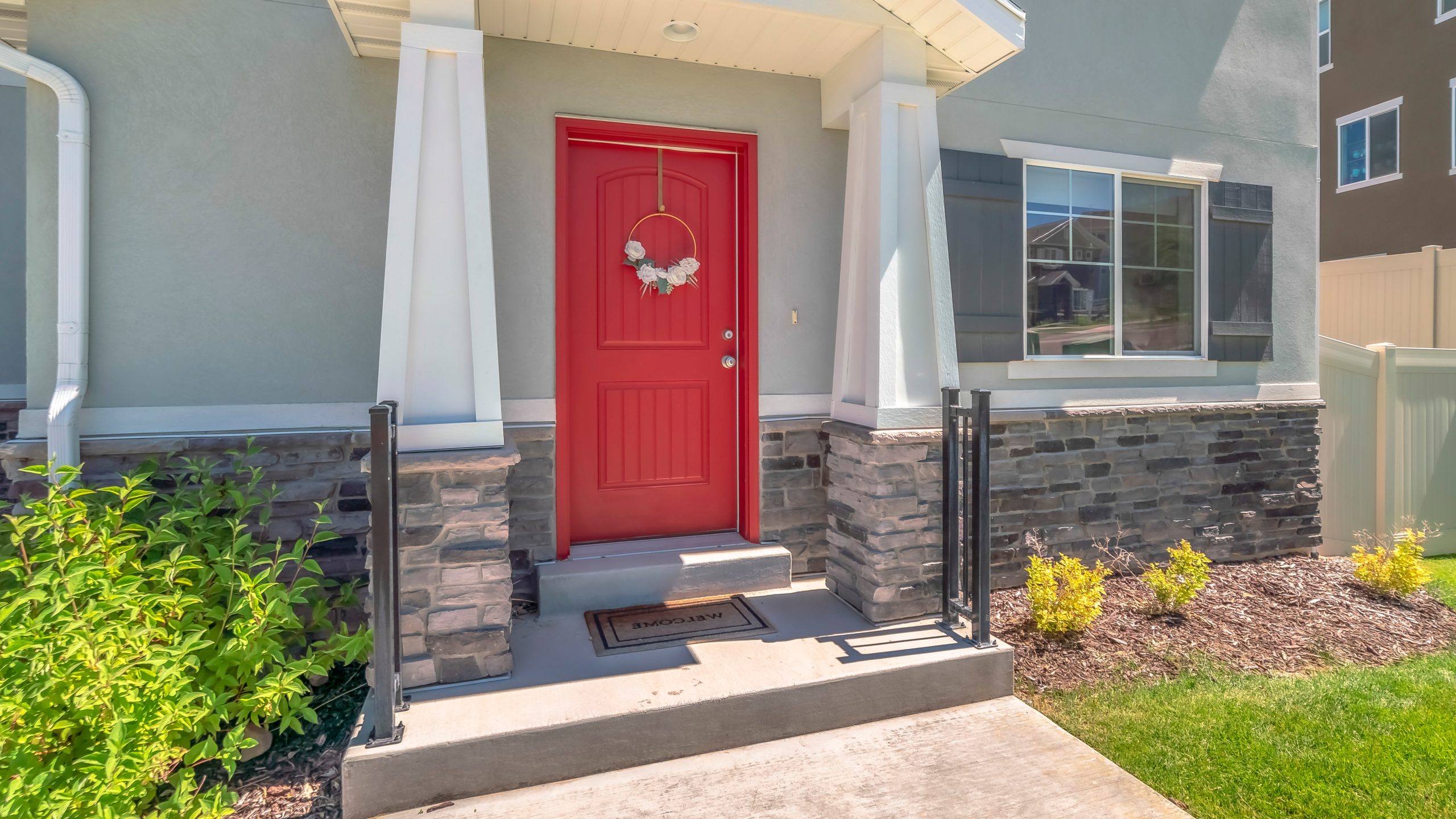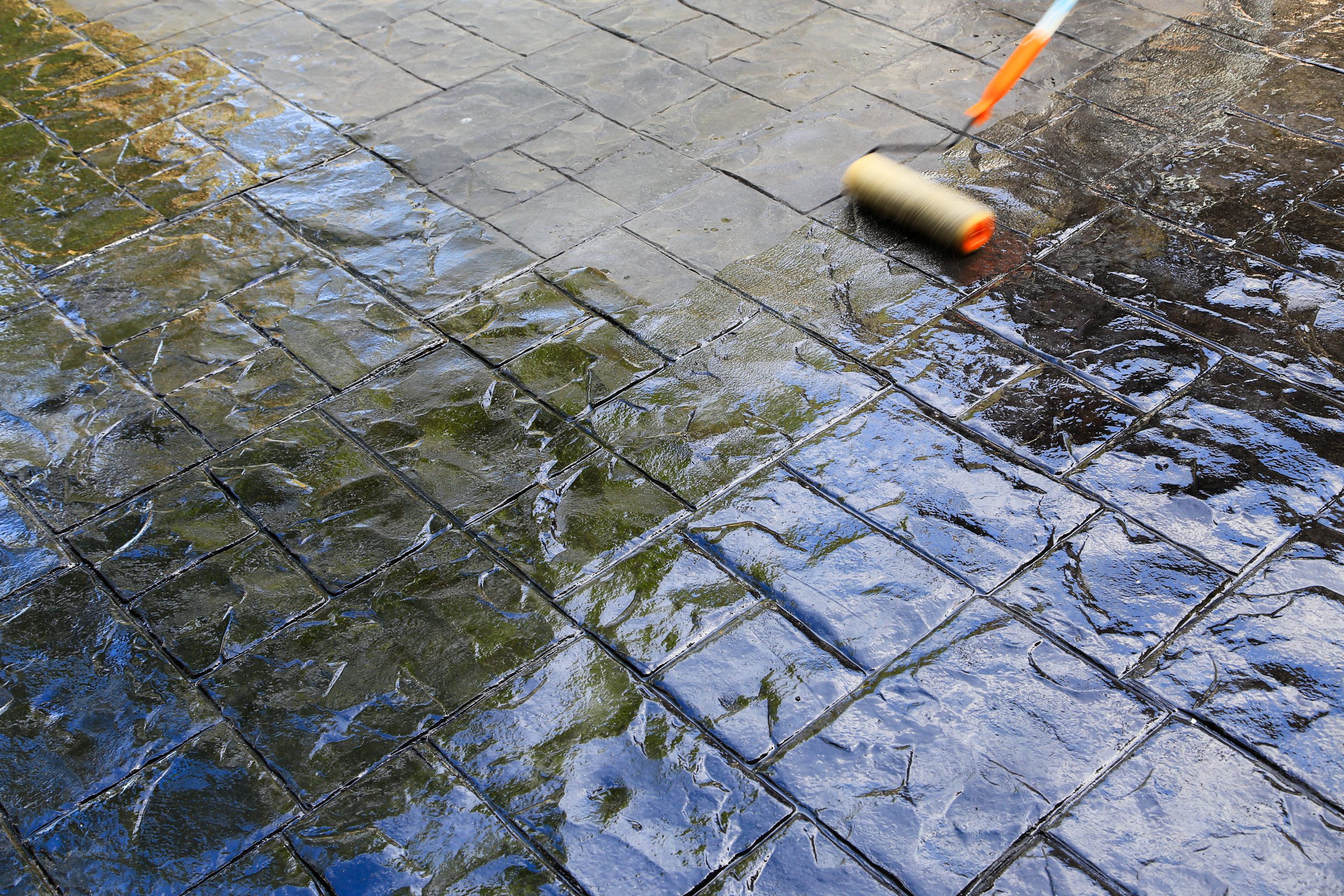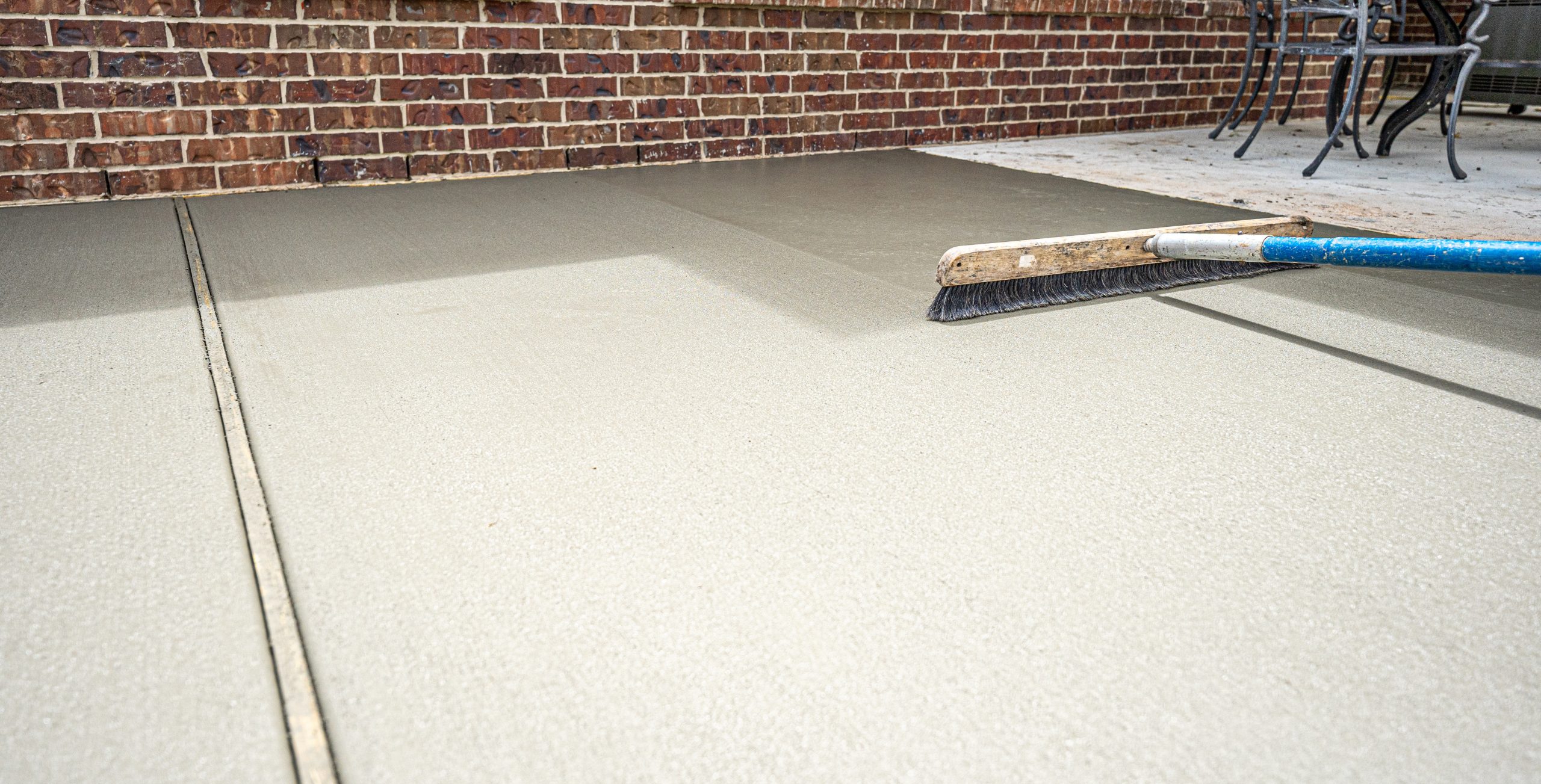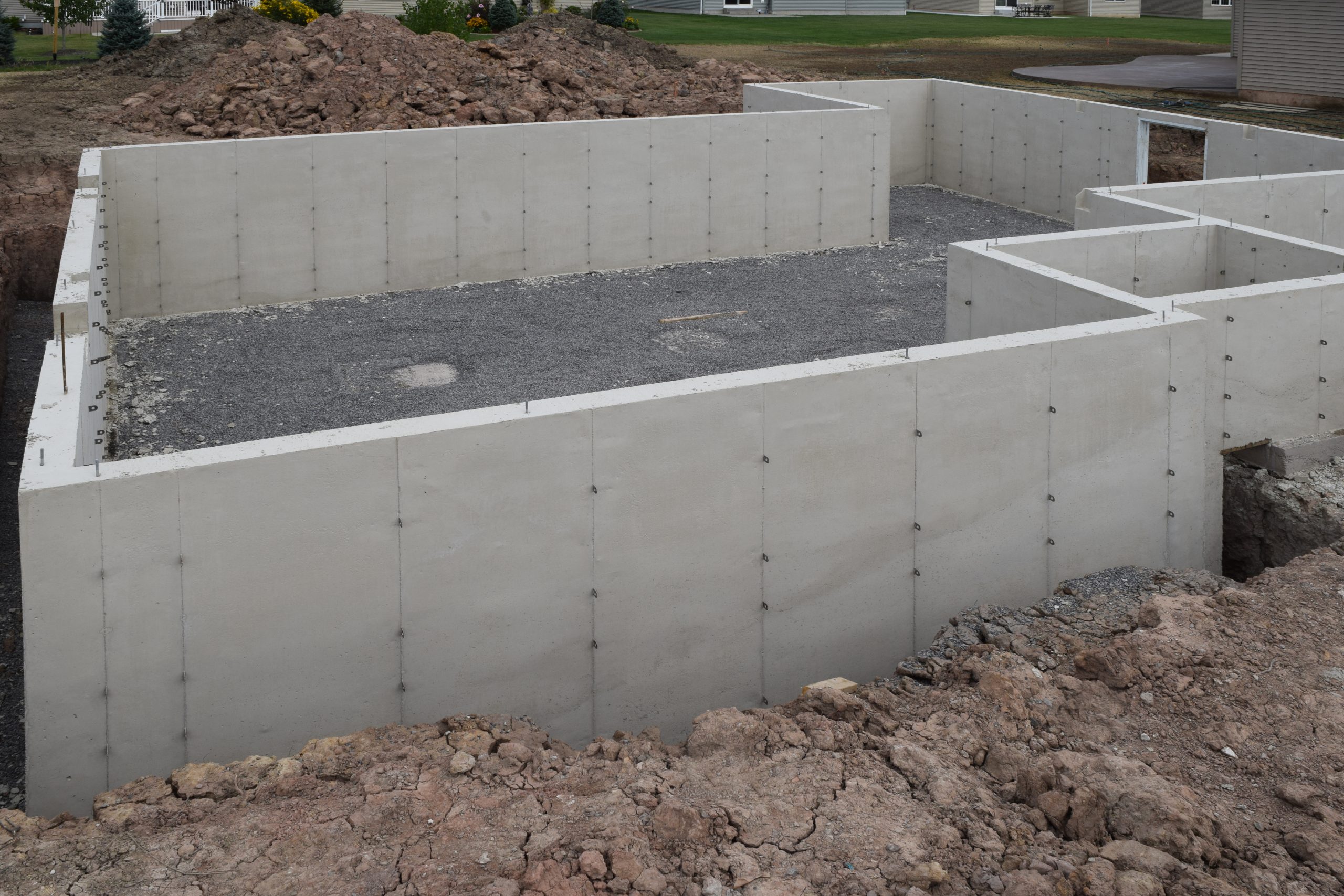Modern concrete color options that stay in style
Choosing the right concrete color options can transform a patio, driveway, or interior floor from ordinary to standout. Smart color planning prevents dated looks and keeps your investment appealing for years. Below, we compare integral color, antiquing color, and stain finishes so you can see how each method works, what results to expect, and which modern palettes fit your home or business. If you want help selecting a finish that holds up in Southeast Wisconsin’s climate, Custom Concrete & Stone Design is here to guide you with proven solutions and samples you can see in person.
What makes concrete look dated?
Colors age just like architectural styles. The key is to choose tones and techniques that complement your space, not overpower it. Trends that often date quickly include overly bright pigments, extreme contrasts, and heavy gloss. A better approach is a balanced palette with thoughtful texture and a sealer sheen that fits the surroundings.
- High-contrast borders that fight the main field color
- Very bright reds, oranges, or yellows that fade unevenly
- Overly glossy sealers that show scuffs and moisture marks
- Busy stamp patterns combined with multiple competing colors
- Poor maintenance that leads to patchy color or flaking sealer
With a few design rules and the right application method, your project can look current next season and ten years from now.
Integral color: evenly tinted concrete from the start
How integral color works
Integral color mixes pigment throughout the entire concrete batch before placement. The color becomes part of the material, not just a surface treatment. Because the pigment is distributed uniformly, chips or wear reveal the same color below the surface. This approach is popular for driveways, patios, walkways, porches, and interior slabs where a consistent, classic look is preferred.
Pros and cons of integral color
- Pros: Uniform color through the slab, lower maintenance than many topical color methods, no risk of peeling, ideal base for stamped concrete, subtle and natural appearance, strong fade resistance when sealed correctly
- Cons: Color saturation is more subdued compared to stains, exact color can vary due to cement, aggregates, and cure conditions, mid-project changes are difficult, repairs require a professional color match
Best uses and modern color ideas
Integral color excels when you want a timeless foundation. For a contemporary style, choose low-chroma neutrals and coordinate them with the home’s siding and stone. In the Milwaukee area, we see great results with cooler grays and softer earth tones that echo natural materials.
- Light gray integral with a satin sealer for a clean, architectural look
- Warm taupe integral paired with a light antiquing wash in a similar tone
- Charcoal integral for modern driveways or borders around a mid-gray field
- Sandstone integral to warm up north-facing patios without looking orange
Antiquing color: soft contrast and depth for stamped concrete
What antiquing is and how it reads visually
Antiquing refers to color that settles in the low points of a textured or stamped surface, highlighting pattern and creating gentle shadow. It is typically applied as a powder release during stamping or as a liquid antiquing color after the concrete has cured. The result is a layered, stone-like look that adds depth without heavy contrast.
Pros and cons of antiquing color
- Pros: Enhances texture, adds natural variation, flexible tone control, can refresh older stamped surfaces, helps achieve a stone or slate effect
- Cons: Relies on a sealer to lock in color, needs periodic resealing, excessive contrast can look dated, application demands experience to avoid streaks or blotches
Best uses and modern palettes for antiquing
Antiquing is ideal for patios, pool decks, entries, and walkways with stamped concrete. To keep the look current, aim for subtle shifts instead of dramatic highs and lows. Custom Concrete & Stone Design often recommends pairing a mid-tone integral base with a slightly darker antiquing accent within the same color family.
- Mid-gray base with soft charcoal antiquing for slate or flagstone stamps
- Taupe base with mushroom or cocoa antiquing for limestone textures
- Light sandstone base with light walnut antiquing for ashlar patterns
- Cool beige base with smoke gray antiquing for a modern, low-contrast read
Stain finishes: acid stain and water-based stain
Acid stain: mineral-rich, variegated color
Acid stain reacts with the concrete’s free lime, producing a mottled, translucent color that resembles natural stone or leather. It penetrates the surface rather than sitting on top. The look is organic and unique to each slab. Color choices are often earthy, ranging from light tan to brown, with some greens and soft blues.
- Pros: Rich variegation, permanent chemical reaction, unique patterns, works well indoors with proper prep
- Cons: Limited color palette, reaction depends on slab chemistry, more unpredictable outcomes, sensitive to moisture and cure conditions, needs careful neutralization and sealing
Water-based stain: flexible color and consistent tone
Water-based stain offers a broader color range and more control. It can be layered for depth or used for crisp borders and graphics. The finish is also translucent but tends to be more uniform than acid stain. With the right sealer, it is a great option for modern floors, porches, and vertical features.
- Pros: Wide color palette including modern grays and charcoals, better predictability, low odor, faster turnaround
- Cons: Relies on surface prep and sealer, may require touch-ups during reseal cycles, not as naturally mottled as acid stain
Where stain finishes shine
Stains are excellent for interior floors, basements, and retail spaces where a refined finish is desired. They also upgrade older slabs that are structurally sound but visually tired. For outdoor areas in Southeast Wisconsin, stain can succeed with proper sealer choice and maintenance to handle freeze-thaw cycles.
Concrete color options compared: integral vs antiquing vs stain
- Look and feel: Integral delivers uniform color with a natural look. Antiquing adds subtle contrast in textured surfaces. Stain offers translucent depth and can be either mottled or even, depending on type.
- Durability: Integral is color-through and very durable. Antiquing relies on sealer protection. Stains penetrate but still benefit from a solid sealer system.
- Maintenance: Integral is low maintenance. Antiquing and stains need resealing on a schedule based on traffic and exposure.
- Design flexibility: Stain and antiquing offer more artistic effects. Integral excels at clean, timeless fields and is a strong base for texturing and accents.
- Best projects: Integral for driveways and high-traffic areas, antiquing for stamped patios and entries, stains for interior slabs, accent borders, and existing concrete upgrades.
Modern color palettes that will not look dated
Cool and neutral grays
Grays are versatile, easy to pair with brick and siding, and forgiving for outdoor use. Choose mid tones that balance sunlight and shadows. Pair with a satin sealer to avoid an overly reflective surface.
- Integral light gray with a soft charcoal antiquing in stamped slate
- Integral mid gray with water-based stain highlights in a slightly darker gray
- Integral charcoal border with a mid-gray field for driveways
Warm neutrals and earth tones
Warm neutrals read well year-round and complement landscaping. Stay in the taupe, mushroom, and cocoa range to avoid yellow or orange undertones that can date quickly.
- Taupe integral base with light walnut antiquing in ashlar patterns
- Sandstone integral with a muted cocoa border for patios
- Mushroom water-based stain over properly prepped interior floors
Two-tone strategies that age gracefully
For a sophisticated two-tone look, keep colors close on the spectrum. Subtle steps in darkness or temperature feel intentional and modern.
- Field in mid gray with a slightly darker cut-stone border
- Light taupe field with a cocoa antiquing wash to deepen joints
- Charcoal saw-cut bands on a medium gray stained floor
Sealer sheen, texture, and slip resistance
Sealer dramatically affects the final appearance and performance. In our climate, many clients prefer a satin finish that highlights color without looking plasticky. For patios and pool decks, texture and anti-slip additives improve safety. Custom Concrete & Stone Design helps you test small areas so you can see sheen and traction before committing.
- Matte: Most natural look, minimal glare, great for indoor floors
- Satin: Balanced sheen, shows color depth while staying refined
- Gloss: Maximum richness, but can emphasize scuffs and moisture
- Additives: Fine aggregates for slip resistance in wet or icy conditions
Maintenance and longevity in Southeast Wisconsin
Our freeze-thaw cycles and winter treatments demand smart maintenance. With proper care, your concrete color will stay even and attractive for years. The right plan depends on your chosen system, exposure, and traffic.
- Reseal stamped or stained concrete as needed, often every 2 to 3 years outdoors
- Use a breathable, high-quality sealer suited to local conditions
- Clean with pH-neutral products and soft bristle brushes
- Avoid harsh deicers during the first winter and use sand for traction
- Address drainage issues that leave standing water on the slab
Budget, timeline, and planning
Concrete color options vary in cost based on materials, design complexity, surface prep, and sealer systems. Integral color typically adds a predictable cost per yard. Antiquing and stains can range depending on the number of colors, masking, patterns, and hours of detail work. For most projects, planning includes color sampling, mockups, and scheduling around weather to achieve consistent results.
- Cost drivers: Square footage, surface condition, number of colors, stamps, borders, and sealer type
- Timeline: Integral color occurs during the pour. Antiquing and stains may require additional cure time and dry windows between coats and sealer
- Sampling: On-site color tests or sample boards help confirm your palette
- Expectations: Natural variation is part of concrete’s character, even with careful control
Frequently asked questions
Will my color fade?
Quality pigments, proper mix design, and a well-chosen sealer minimize fading. UV light and weather impact topical systems more than integral color, which is why maintenance and resealing schedules matter. Custom Concrete & Stone Design specifies materials known for longevity in our region.
Can you color-match an existing slab?
Yes within reason. We can blend integral base colors with antiquing or stain accents to harmonize with nearby concrete. Perfect matches are rare, but careful sampling produces a cohesive look.
Is colored concrete slippery?
Color does not increase slipperiness on its own. Sealer choice and texture matter more. We can add anti-slip additives and adjust the finish for safer footing around pools or entries.
What if I want to refresh older colored concrete?
Assuming the slab is sound, cleaning, repair, a fresh antiquing wash or stain, and a new sealer can revive color and sheen. We often restore stamped patios and walkways this way.
Which option is best for heavy traffic?
Integral color is a great starting point for driveways and main walkways. Combine it with a durable, breathable sealer. Stains can work in traffic areas too with the right prep and maintenance plan.
Design process with Custom Concrete & Stone Design
Our team brings more than 30 years of experience serving Milwaukee, Waukesha, Ozaukee, Washington, Racine, and Kenosha counties. We start with your goals, architecture, and surroundings, then narrow concrete color options to a focused palette. We discuss integral color, antiquing, and stain finishes and explain how each will behave in your space. From there, we create samples, confirm sheen and texture, and build a schedule that respects weather and curing needs. The result is a customized surface that looks current and performs well over time.
- Consultation: Review site conditions, style, and budget
- Palette selection: Choose timeless colors that complement your property
- Sampling: Confirm tones and sealer sheen on real concrete
- Installation: Skilled craftsmen execute the plan with attention to detail
- Aftercare: Maintenance guidance tailored to your finish and exposure
Real-world combinations our clients love
- Modern driveway: Integral mid gray with a charcoal border, light texture, satin sealer
- Stamped patio: Taupe integral base with cocoa antiquing in an ashlar pattern
- Basement floor: Water-based stain in layered grays, matte finish for a gallery feel
- Entry walk: Light gray integral with subtle smoke antiquing, broom finish for traction
- Retail space: Polished surface with water-based stain accents, low-sheen guard for durability
Tips to keep your concrete looking fresh
- Choose one star: Let either color or pattern lead, not both
- Stay within a family: Use closely related tones for ageless appeal
- Match the home: Tie colors to roof, stone, and siding undertones
- Pick the right sheen: Satin often looks the most natural outdoors
- Maintain on schedule: Reseal and clean to keep color even and bright
Why choose Custom Concrete & Stone Design
Experience, materials, and craftsmanship make the difference with colored concrete. Custom Concrete & Stone Design combines premium pigments and sealers with skilled installers who understand how temperature, timing, and finishing affect color. Our Milwaukee-based team has delivered thousands of successful projects across Southeast Wisconsin. We tailor every design to the client, producing work that looks beautiful today and stays relevant for years.
Get started on your color-perfect project
Ready to compare concrete color options side by side and see samples that fit your home or business? Custom Concrete & Stone Design will help you choose between integral color, antiquing accents, and stain finishes, then pair your selection with the right sealer and texture. Schedule a consultation, review realistic samples, and move forward with a confident plan. Your modern, long-lasting concrete surface is just a conversation away.




